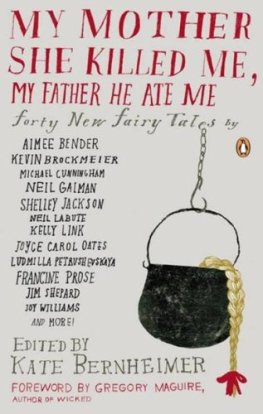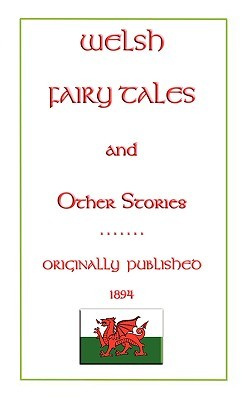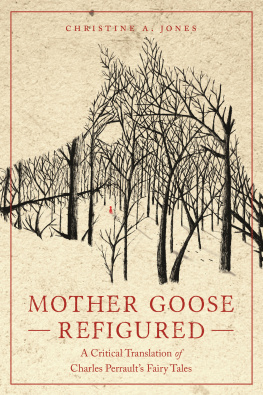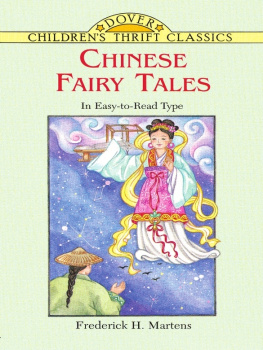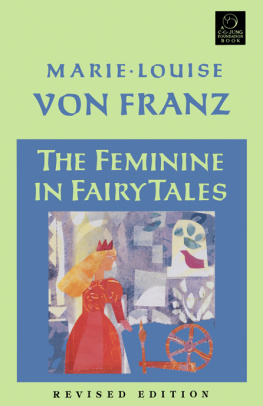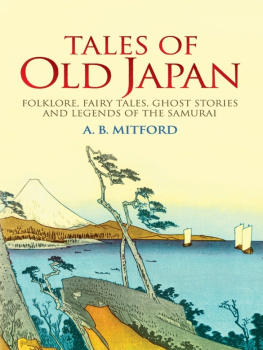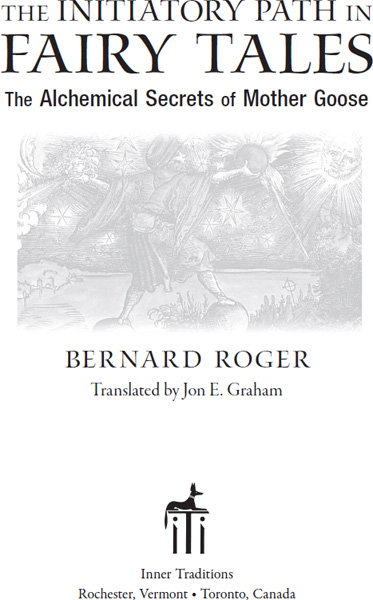
THE INITIATORY PATH IN FAIRY TALES

Etymology, mythology, and esoteric thought converge in a fascinating journey through the worlds of tall tales we tell in jest, yarns we spin for laughs, and fairy tales we weave to put the kids to bed. Indeed, Rogers book shows that what we think of as a hidden path to enlightenment is in fact written into the very fabric of our daily lives, in every story we tell ourselves. What we are shown is that these tales of fancy have within them the kernel of truths humanity has known for thousands of years. The book knits together a compelling genealogy that links our stories, our hopes, and our dreams. A compelling read for the novice and initiate alike.
JESSE BRANSFORD, ASSOCIATE PROFESSOR
OF ART AND ART EDUCATION, NYU STEINHARDT
Bernard Roger was a close friend of surrealist leader Andr Breton, the esoteric painter Jorge Camacho, and of Eugne Canseliet, the disciple of Fulcanelli, the most important alchemist of the twentieth century. Roger, familiar with the mysteries of alchemy and Freemasonry, is obviously one of the most qualified to help us penetrate the heart of the Western Tradition. His book takes us to the threshold of the labyrinth and unveils the secrets of Mother Goose, an avatar of the sun, freshly emerged from her primordial egg, and a messenger between the Earth and the Other World.
PATRICK LEPETIT,
AUTHOR OF THE ESOTERIC SECRETS OF SURREALISM
Bernard Roger, Mother Goose, and the Language of the Birds
Know ye that we have given many names to it, whichare all truean example of which, for those that possessunderstanding, is to be traced in corn that is being ground.For after grinding it is called by another name, and after ithas been passed through the sieve, and the various substanceshave been separated one from another, each of these has itsown name, and yet fundamentally there is but one name, towit, corn, from which many names are distinguished.
THE TURBA PHILOSOPHORUM
The enigmatic Fulcanelli notes that the stories told by Mother Gooseare hermetic narratives in which esoteric truth is combined with themarvelous and legendary dcor of [...] the Golden Age.
This golden age, the time when all animals had the power to communicate together, is also, as Bernard Roger indicates, identical to the first days of human existence, when humanity took the first step on its own path of initiation. Knowledge of this primal language, more commonly known as the language of the birds, is essential for understanding the hidden meanings within alchemical texts (just as it is also indispensable for interpreting the symbology of any initiatory path such as Freemasonry). This language is characterized by word games, puns, and homonyms that are used to simultaneously designate different actions and objects. This designated action or object, Roger notes, can simultaneously belong to planes of existence that are supposedly quite distant from each other. Fairy tales, whose own origins the author demonstrates can be traced back to these first days, also contain signs, clues, and counsels related to the operative phases of the Great Work and to the stages of the path of initiation. His etymological investigations are the veritable descent Pierre Mabille speaks of in his book The Mirror of the Marvelous, which makes it possible to regain the primitive ground that borders the central fire [...] or where the first incandescent desire found its form.
Bernard Roger has been a trustworthy guide for the children of Hermes for over fifty years, and his considerable expertise in this field allows him to identify these signs, clues, and counsels as they appear in a body of lore where they may be least expected. In this book he highlights these clues in the classic folk tales he has selected from the collections assembled by the brothers Grimm and Emmanuel Cosquin, among others, by the use of quote marks and italics. The quoted material generally identifies terms known by the initiates as symbolic phrases that identify the alchemical path. The italicized material underscores analogous terminology used within the stories, which likewise identifies alchemical keys and coded phrases for those on the initiatic path.
Introduced to alchemy when a member of the surrealist group in Paris in the 1950s, Roger became friends with Ren Alleau, who at that time was giving lectures on alchemy at the Geographical Society on Boulevard Saint Germain. These lectures were consistently attended by the surrealists. Alleau in return began to join the group at their meetings and became a regular contributor to Mdium, the surrealist journal of that time.
The ties forged between Alleau and Roger proved significant as both men were instrumental in bringing modern translations of classic alchemical texts to a much broader audience. Until 1960, students of the art of music (a term used by initiates to conceal from clerical ears their pursuit of arts forbidden by the church) would have to diligently hunt for these texts in the dusty collections of old libraries. Their ready availability today can be partially traced back to the efforts of Bernard Roger, who translated important texts by Basil Valentine, Lambspring, and Francesco Satinelli, texts that his mentor, Alleau, arranged to have published in his capacity as director of the Hermetic Library series published by ditions Denol. Roger also began writing texts for exhibition catalogs and other publications by his fellow surrealists, especially for Cuban painter Jorge Camacho, who credits Roger as the key influence for his own lifelong practice as both a speculative and operative alchemist. Rogers writings include several books on alchemical symbolism such as Hibou Philosophique [The Philosophical Owl], Mythe dIsis et dOsiris [The Myth of Isis and Osiris], and La cathdrale de Sville, ou le Bestiaire Hermtique [The Cathedral of Seville, or the Hermetic Bestiary]. Bernard Roger is also the author of a magnificent study Paris et lAlchimie [Paris and Alchemy], published in 1981, and la dcouverte de lAlchimie [Toward Discovering Alchemy], published in 1988.
One of Bernard Rogers first interventions as a member of the surrealist group was creating the blueprints for a marvelous movie theater for a special edition of the journal LAge du Cinma. Drawing on his training as an architect (he studied under the brilliant Aguste Perret), he drafted the design for a cinema that wouldlike Rimbauds famous drawing roomsit at the bottom of a lake. Such a cinema would be the ideal venue for showing the filmed versions of the fairy tales whose secrets he has so ably revealed in this book.
JON E. GRAHAM,
TRANSLATOR
Jon E. Graham has translated more than forty books from French, including the award-winning Books on Fire by Lucien Polastron, Demons and Spirits of the Land by Claude Lecouteux, and Immaculate Conception by Andr Breton and Paul Eluard. His translation of Jean-Luc Steinmetzs Arthur Rimbaud: Presence of an Enigma was selected by the Los Angeles Times as one of the ten best translations of 2000. As a graphic artist, his works have been displayed in galleries in New York, Philadelphia, San Diego, Seattle, Vancouver, Paris, Prague, Stockholm, and the National Art Museum of Portugal in Lisbon. His illustrations have appeared in various books and magazines. He is the acquisitions editor for Inner Traditions International, a position he has held since 1996.
PREFACE
Next page

